Top Lists
10 Countries With The Largest Muslim Population (2023)
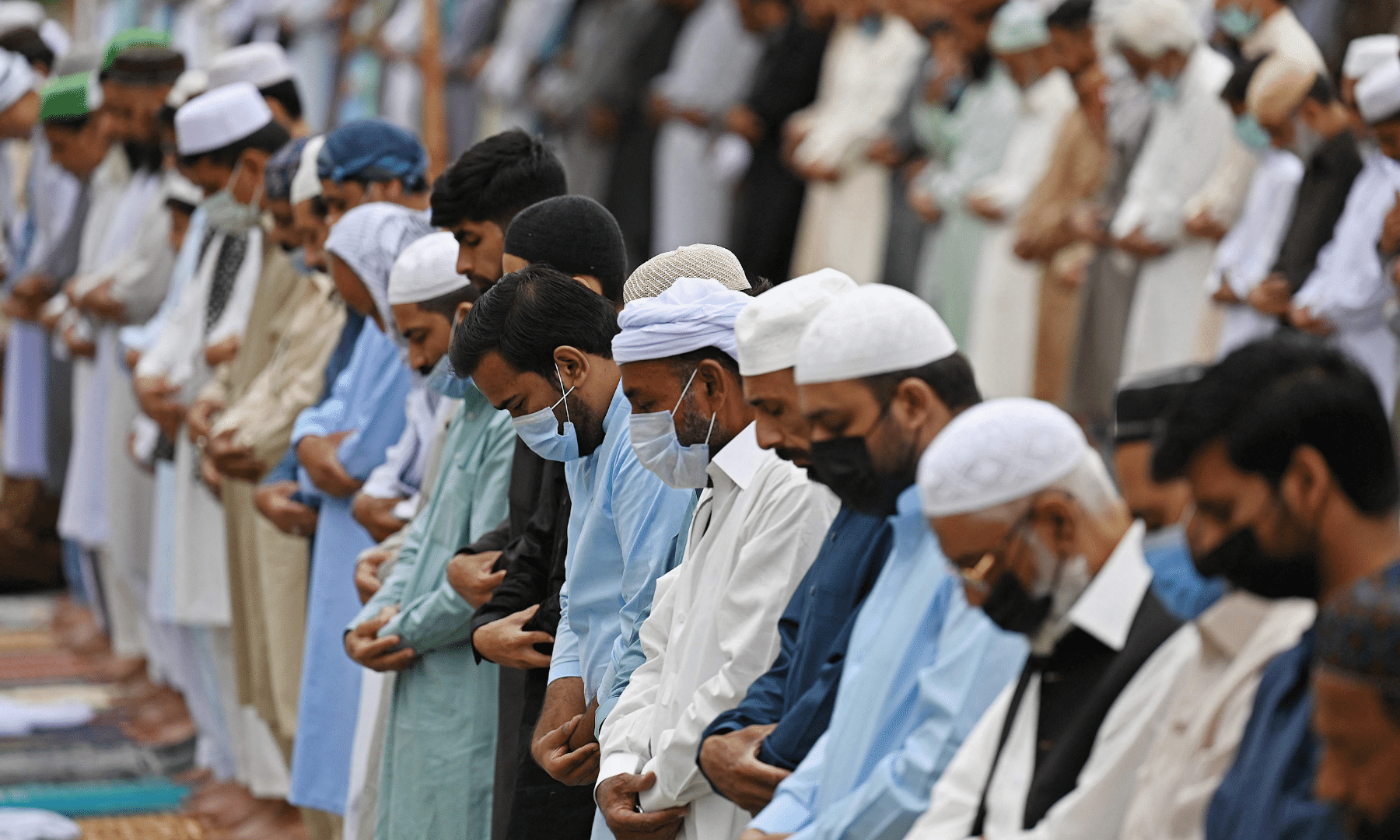
In this article, RNN will explore the countries with the largest Muslim populations. Join us on this journey to uncover the diverse and rich Islamic cultures worldwide. These countries, with their large Muslim populations, highlight the remarkable diversity within the Islamic faith. From Southeast Asia to Africa and the Middle East, Muslims contribute to a rich tapestry of cultures and traditions that enhance our global community. Understanding and valuing this diversity is crucial for promoting global harmony and cooperation.
Muslims make up the world’s second-largest religious group, with around 1.9 billion followers in 2020, according to PEW projections. Studies in the 21st century indicate that Islam is the fastest-growing major religion due to Muslims having more children than other religious groups.
Table Of Contents
| RANK | COUNTRY | MUSLIM POPULATION | TOTAL POPULATION |
| 1 | Indonesia | 231,000,000 | 277,534,122 |
| 2 | Pakistan | 200,400,000 | 240,485,658 |
| 3 | India | 195,000,000 | 1,428,627,663 |
| 4 | Bangladesh | 150,000,000 | 165,954,319 |
| 5 | Nigeria | 99,000,000 | 223,804,632 |
| 6 | Egypt | 87,500,000 | 112,716,598 |
| 7 | Iran | 82,500,000 | 89,172,767 |
| 8 | Turkey | 79,850,000 | 85,816,199 |
| 9 | Algeria | 41,240,913 | 45,606,480 |
| 10 | Sudan | 39,585,777 | 48,109,006 |
10. Sudan
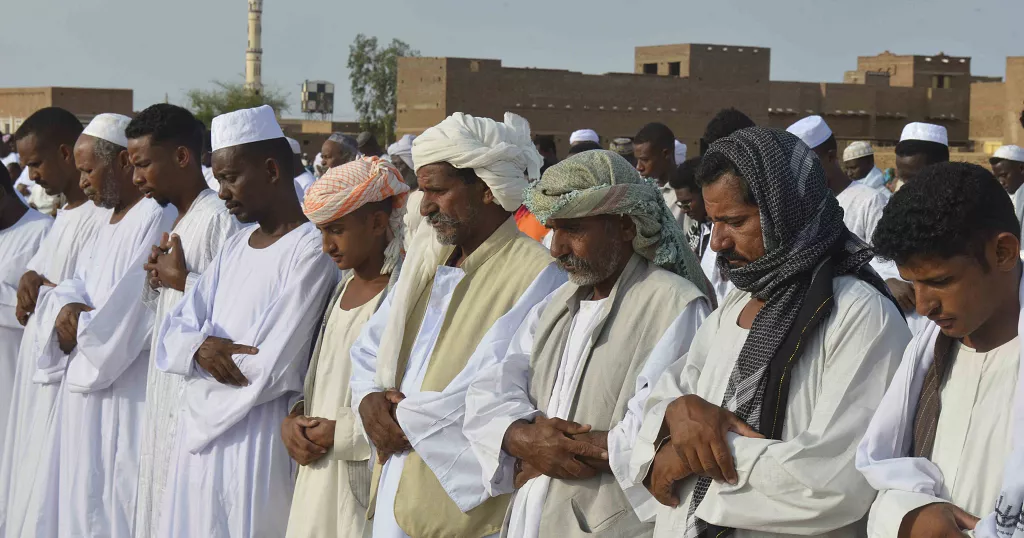
Sudan ranks 10th for the largest Muslim population globally. Islam is the main religion and has held power in government since 1956. UNDP reports 97% of Sudan’s population, which is over 39 million people, follow Islam, including various Arab and non-Arab groups. The remaining 3% practice Christianity or traditional animist religions.
9. Algeria
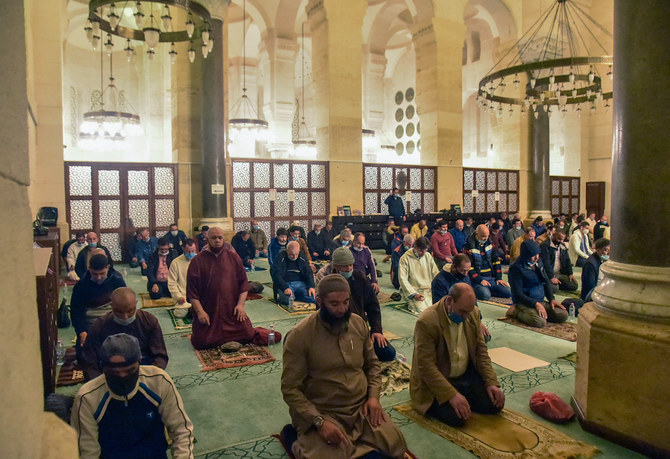
Islam is the main religion in Algeria, with most people being Sunni Muslims of the Maliki school. A few follow Ibadi Islam, mainly in the M’zab Valley. Islam shapes society and people’s values. Many identify with Islam, but strict religious practice is less common. There are also Sufi philosophies as a response to certain scholars’ ideas. The population is estimated at 45.6 million, with over 99 percent Sunni Muslims of the Maliki school.
8. Turkey

Turkey ranks 8th for the highest Muslim population, with over 79 million Muslims. Islam is widely practiced in Turkey, with about 90% following Sunni Islam, mainly the Hanafi school. Islam’s presence in Turkey dates to the 11th century through the Seljuk expansion. The government claims 99.8% of Turks are Muslim, while some surveys suggest around 96.2%. The majority adhere to the Hanafi school, constituting about 90% of Muslims. Other sects like Alevis, Ja’faris, and Alawites form around 9%. Sufi, non-denominational Muslims, and other groups also exist. A 2019 Optimar survey indicates 89.5% of Turks practice Islam.
7. Iran
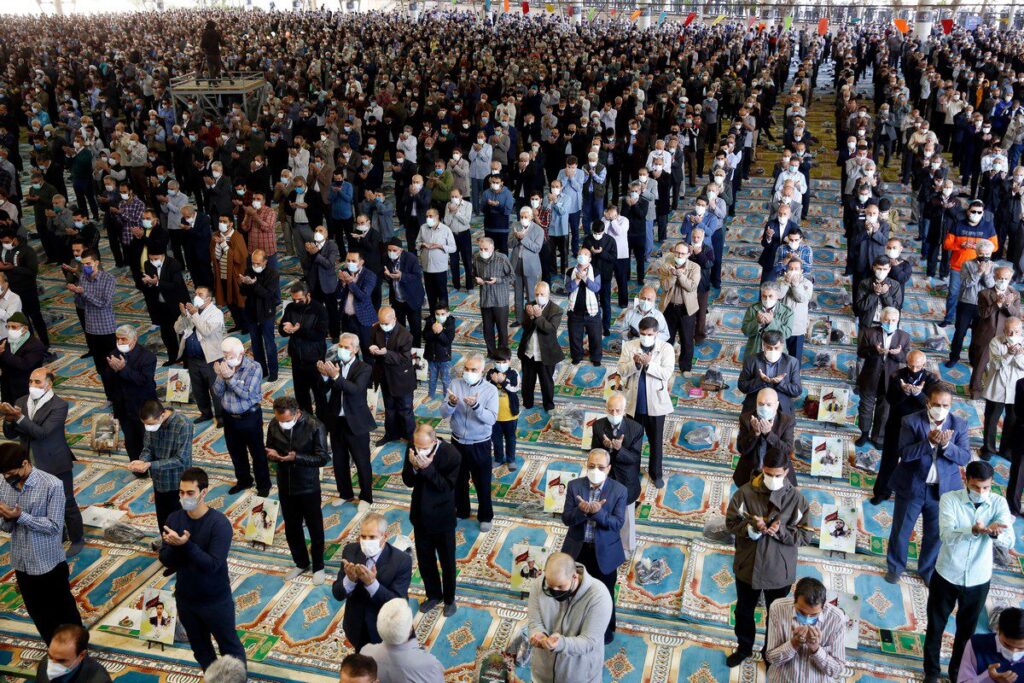
Iran’s official survey shows that almost all 82.5 million people in Iran are Muslims, with 90 percent practicing Shia Islam. The Muslim conquest of Persia in 637-651 marked the decline of Zoroastrianism as Islam became the official religion. Despite interruptions like the Mongol invasions, Islam has persisted as Iran’s main religion since the 7th century. The 1979 Islamic Revolution replaced the Persian monarchy with an Islamic republic.
6. Egypt
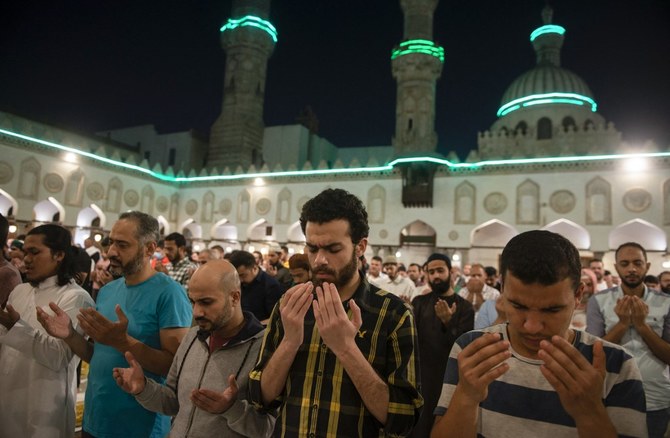
About 90.3% of Egyptians are Muslims, mostly Sunni, and Islam has been Egypt’s state religion since 1980. The exact number of Muslims is uncertain due to census issues. Egyptian Christians make up the second-largest religious group, estimated at 5% to 15% of the population.
5. Nigeria
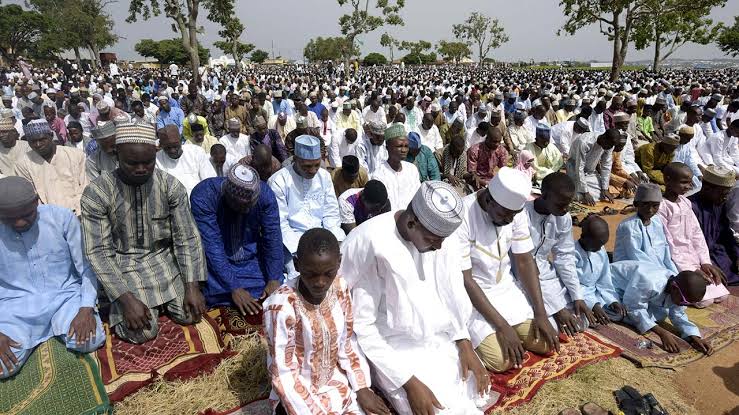
Islam is a major religion in Nigeria, with the largest Muslim population in Africa. About 53.5% of Nigeria’s population are Muslims according to the CIA World Factbook in 2018. Islam is mainly in the north, and some Muslims are in the south. The northern part follows Sharia law, while the rest uses secular law.
Islam was introduced to Nigeria by North African and Senegalese traders around the 11th century. It was the first monotheistic Abrahamic religion in Nigeria. The north was controlled by Islamic empires like Kanem–Bornu, Mali, Songhai, and the Hausa Kingdoms. The Sokoto Caliphate, led by Usman dan Fodio, ruled the north until the British took over in 1903. Christianity came to the South through Portuguese missionaries in the 15th century and became prominent during British colonial rule.
Most Nigerian Muslims are Sunni Maliki followers. Some Shia Muslims exist in states like Kaduna, Kano, and Katsina. A 2008 Pew Forum survey found around 5% of Nigerian Muslims are Shia. The Ahmadiyya movement is also present in Nigeria.
4. Bangladesh
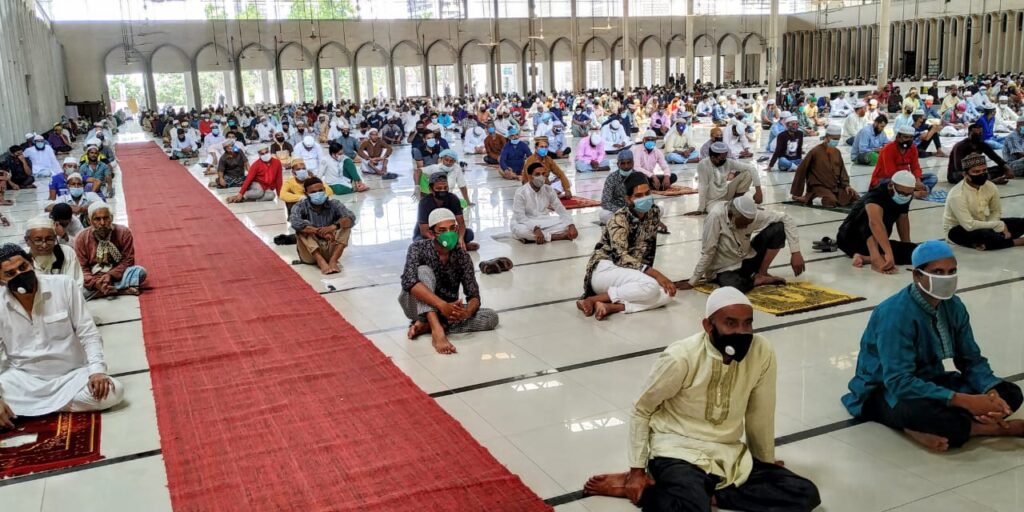
Islam serves as the official state religion of the People’s Republic of Bangladesh. The country had around 150 million Muslims, constituting 91.04% of its total population of 165 million. Most Bangladeshis adhere to Sunni Islam and follow the Hanafi school of fiqh. Religion is a key aspect of Bangladeshi identity due to Islam’s role as the state religion. The Muslim population in Bangladesh, according to the 2022 census, is 150,360,404, making up 91.04% of the total population.
3. India
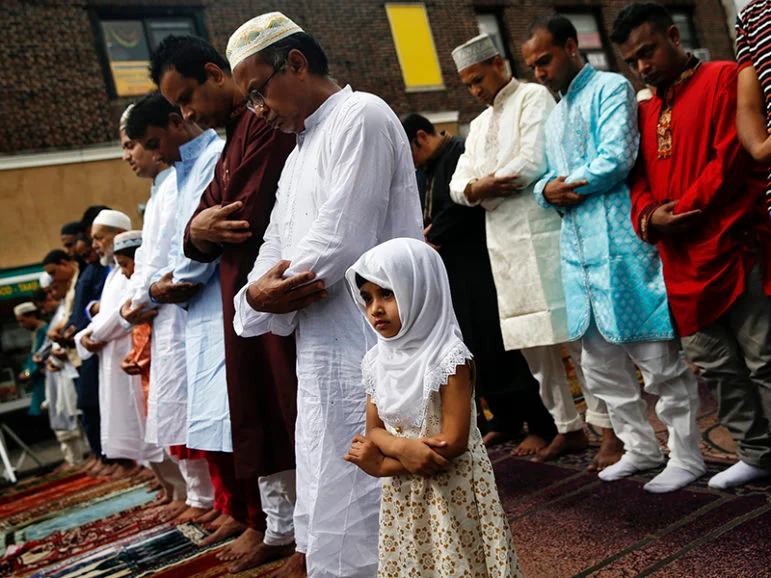
Islam is India’s second-largest religion, comprising 14.2% of the population, about 195 million people as of the 2011 Census. India has the world’s third-largest Muslim population. The majority are Sunni Muslims, while Shia Muslims make up 13%.
Islam reached India through Arab trade routes on the coast of Gujarat and the Malabar Coast, following its emergence in the Arabian Peninsula. By the 7th century, it spread to the Indian subcontinent as Arabs conquered Sindh, and later reached Punjab and North India in the 12th century. Islam is now an integral part of India’s culture and faith.
2. Pakistan
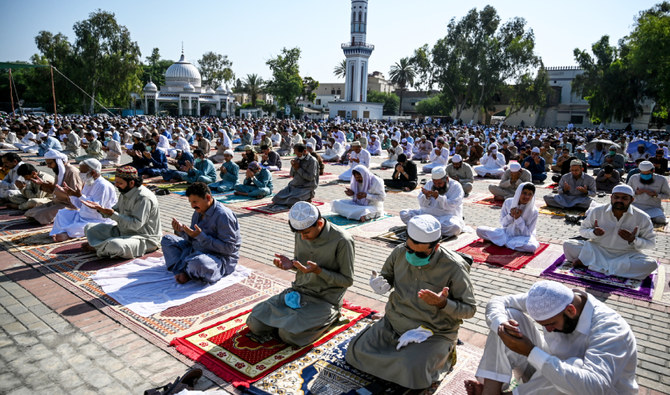
Islam is Pakistan’s largest religion and also its state religion. Pakistan ranks second in the world for the highest number of Muslims, with over 240 million followers. Around 90% of Pakistan’s people follow Sunni Islam, mainly the Hanafi school of thought, which has two main branches: Barelvi and Deobandi.
Pakistan is known as a global hub for political Islam. The national narrative emphasizes that the Subcontinent’s Muslims form a distinct nation with their own unique perspectives.
About 97% of Pakistan’s population is Muslim, ranking it second globally after Indonesia. The majority follow Sunni Islam (85-90%), with 10-15% identifying as Shia. Recently, the Hanbali school has gained popularity due to influences from Wahhabi teachings.
Smaller Muslim groups in Pakistan include Quranists and nondenominational Muslims. Two Mahdi’ist-based creeds, Mahdavia and Ahmadis, are also practiced. However, Ahmadis are considered non-Muslims according to Pakistan’s constitution and constitute 1% of the Muslim population.
Karachi, located in Pakistan, boasts the world’s largest Muslim-majority city.
1. Indonesia

Islam holds the biggest sway in Indonesia, where 86.7% of people identified as Muslims. This makes Indonesia the largest Muslim-majority country with about 231 million followers. Sunni Muslims dominate, making up around 99% of the Muslim population, while Shia and Ahmadi Muslims constitute the remaining 1%. Most Indonesian Muslims (99%) follow the Shafi’i school of thought, though 56% don’t strictly align with any specific school. Islamic trends in Indonesia fall into “modernism,” rooted in orthodox beliefs with a modern touch, and “traditionalism,” leaning on interpretations from local leaders and Islamic schools. There’s also a syncretic Islamic form called kebatinan.
Islam reached Indonesia over time via Arab traders, local leaders’ endorsement, and Sufi influence since the 13th century. It gained momentum against colonialism during the late colonial era. Although Indonesia has a Muslim majority, it’s not an Islamic state but a secular one that recognizes six religions officially.
READ MORE ARTICLES:
- List of Countries with the Largest Christian Population (2023)
- Things You Should Know About Islam And Muslims In America
- Why Muslims Are Not Allowed To Trade Cryptocurrency
- Top 10 Most Popular Religions In The World
- 7 Famous Nigerian Pastors Who Were Born Into a Muslim Family
